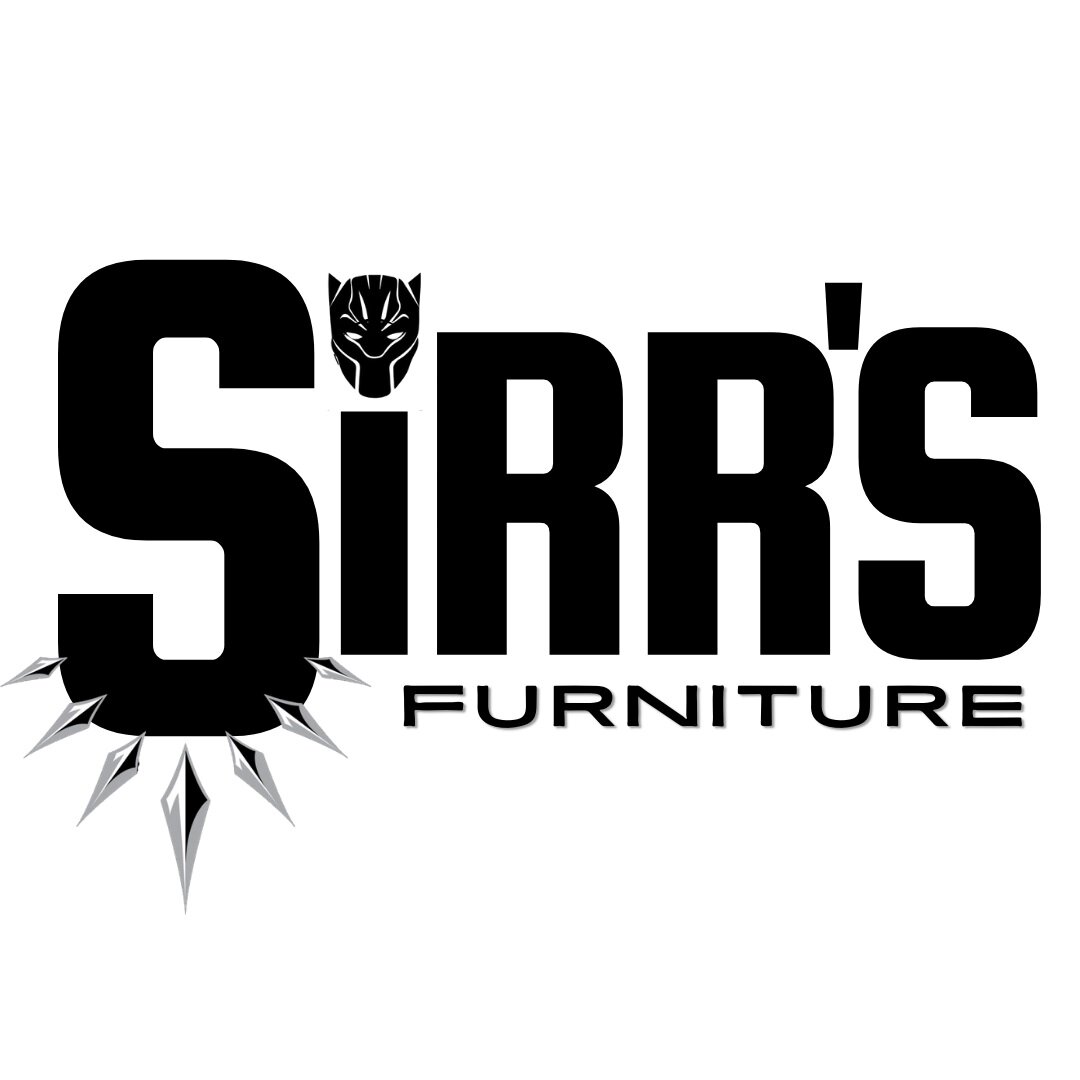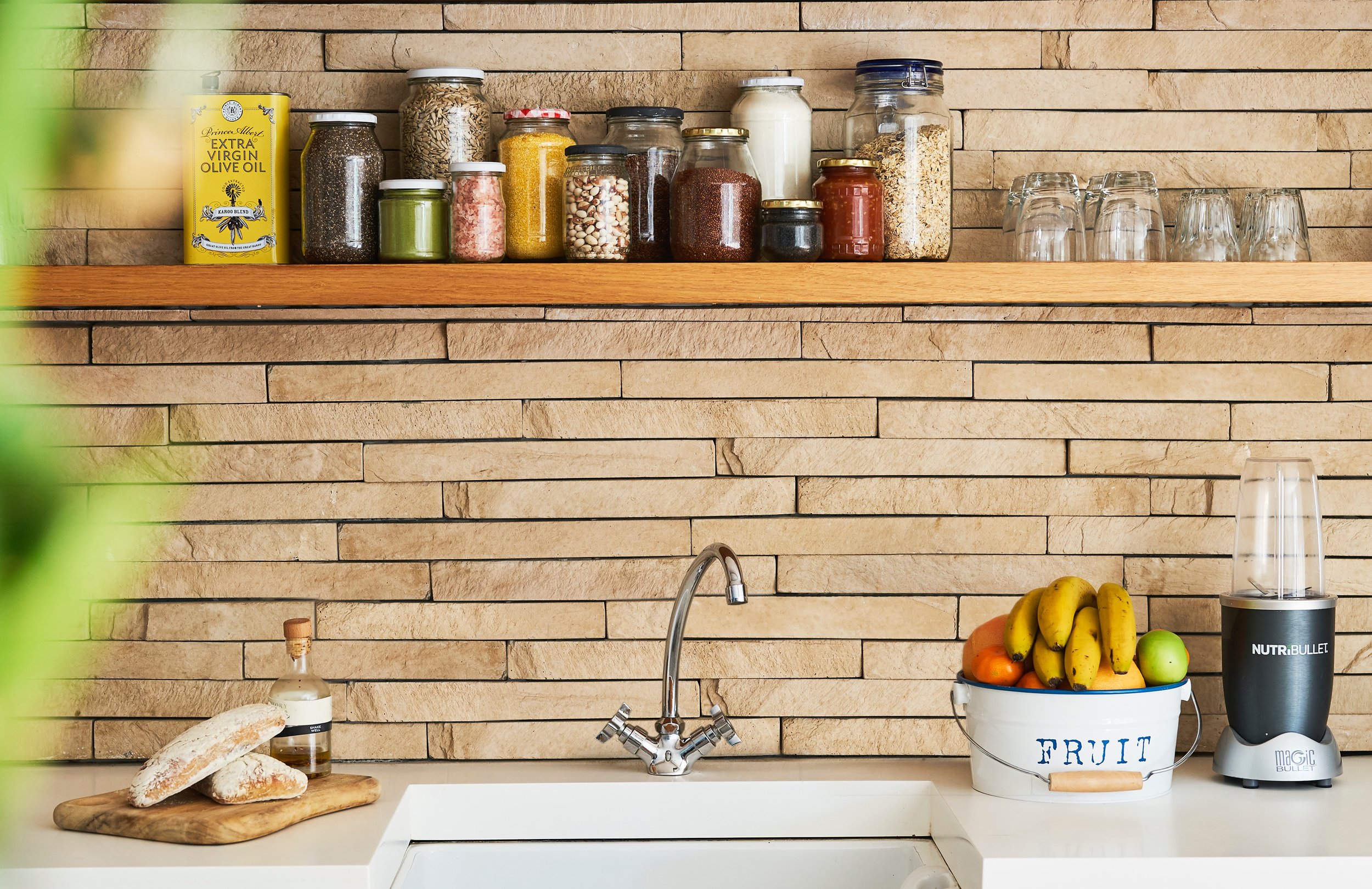Humans have likely been using wood as a cutting surface for as long as they have had sharpened tools. For centuries, butcher shops have used wooden chopping blocks in order to cut fresh meat on a large scale. However, in recent decades, a misconception has arisen that wooden cutting boards aren’t a sanitary kitchen tool for everyday use.
After many years of getting a bad rap, wooden cutting boards are finally starting to get the recognition they deserve. On top of being durable, gentle on knives, and quite handsome, wooden cutting boards have been shown to be more sanitary than other options when it comes to kitchen cutting surfaces.
How is it that wooden cutting boards, which can’t even go in the dishwasher, could be more sanitary than plastic cutting boards?
Let’s take a look at what you need to know about the safety of using wood cutting boards in your kitchen.
Are Wood Cutting Boards Safe?
One of the most common myths in the world of cooking is that wood cutting boards are less sanitary than boards made out of other materials such as plastic.
There are a number of reasons why this notion has become a part of popular opinion. One primary piece of the thought process here is that plastic cutting boards can go in the dishwasher, unlike wooden cutting boards. This leaves many people to assume that plastic cutting boards are easier to sanitize than wooden cutting boards.
However, a study from the University of California, Davis actually found that wood cutting boards hold less bacteria than plastic boards. This was even found to be true in the case of boards that were old and covered in deep knife cuts. After using a sponge to wash the boards with hot, soapy water, the wooden cutting board had less bacteria present than the plastic boards.
Another study was done in California around the same time that looked at sporadic salmonellosis on cutting boards, among other things. The research revealed that people who used wooden cutting boards in their kitchens at home were less than half as likely to contract salmonellosis than the average person. On the flip side, people who used glass or plastic cutting boards were about twice as likely to contract salmonellosis than the average person.
What this research indicates is that wooden cutting boards do not appear to pose a hazard to human health. However, according to this study, it does appear that plastic cutting boards actually might.
Plastic Vs. Wood Cutting Board: Why Are Wooden Cutting Boards Safer?
There are a number of reasons why wooden cutting boards come out on top when compared to plastic cutting boards in the category of safety. In addition to being naturally antimicrobial, wood has a number of properties that make it the preferred choice when it comes to sanitary cutting board materials.
One of the primary issues with cutting boards of any material is that they end up getting cuts and crevices with use over time. These knicks in the board can offer an unfortunately ideal place for bacteria to hide. Even with thorough scrubbing or the sanitizing power of a dishwasher, it can be difficult to get to the nasty microbes hiding in these crevices.
So how is it that wooden cutting boards can be more sanitary than plastic boards? After all, at least you can put plastic cutting boards in the dishwasher.
According to Ben Chapman, a food safety researcher at the University of North Carolina, the capillary action of fine-grained hardwoods pulls fluid downwards. Much of the bacteria in the cracks of a wooden cutting board get pulled downward and die during the post-washing drying process.
Even if there are some unwanted microbes living in the crevices of a wooden board, they get pulled deep into the wood where they are far from contact with your food. According to UC Davis food research Dean O. Cliver, bacteria could only be detected in wood cutting boards through extreme measures like gouging or splitting the wood.
On the contrary, the grooves on plastic cutting boards are much shallower. This leaves bacteria closer to the surface of the board where you are slicing, dicing, mincing, cubing, and chopping. Without the capillary action of the wooden cutting boards, plastic boards leave you in a position where you’re much more susceptible to having cross-contamination.
What Is the Best Way to Clean a Wooden Cutting Board?
Even though wood is naturally antimicrobial, that doesn’t mean you can simply abstain from properly washing your board after use. In exchange for all of the positive benefits of wooden cutting boards, they do require a bit more care than plastic cutting boards.
It’s important that you never put a wooden board in the dishwasher. Similarly, don’t leave your cutting board soaking or submerged in water. Doing either of these things can leave your board warped, expanded, and ruined.
Instead, you should wash it by hand with hot water and soap. After scrubbing it clean, you’ll want to towel dry it right away and lean it up vertically to complete the drying process. For more information on how to properly care for your wooden cutting board, check out our cutting board care guide.
Are You Looking for a Safe, Durable Wooden Cutting Board?
Of course, safety is going to be your first concern when it comes to choosing a cutting board for your kitchen. Now that we’ve dispelled those nasty myths about wooden cutting boards once and for all, you’re free to shop for a durable, beautiful wood board with complete peace of mind.
At Sirr’s Furniture, each wooden cutting board we make is handmade and one-of-a-kind. Made using exotic hardwoods that are ideal for cutting surfaces, you can even have a board custom-made just for you. Head over to our shop to see our unique designs today!

